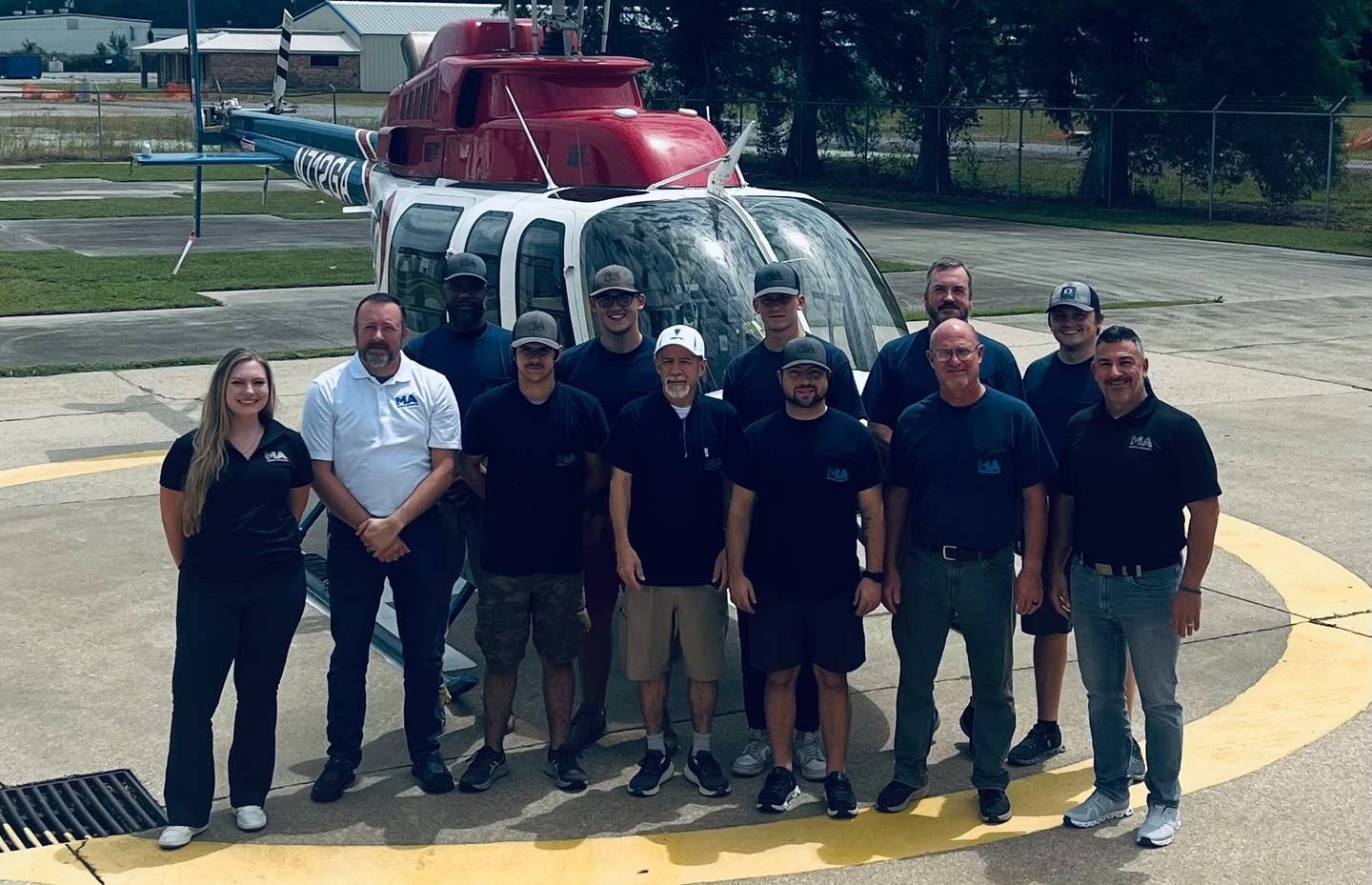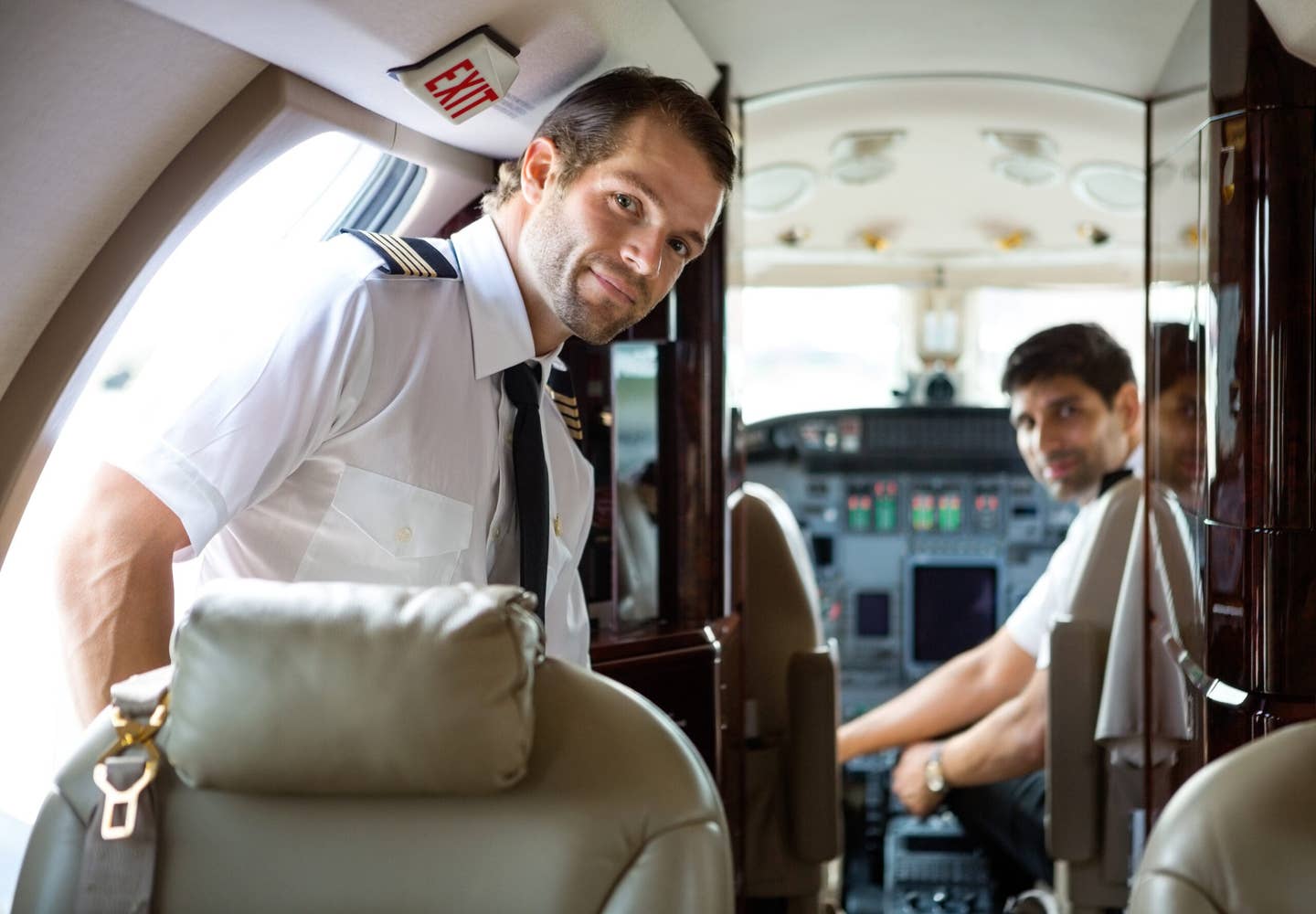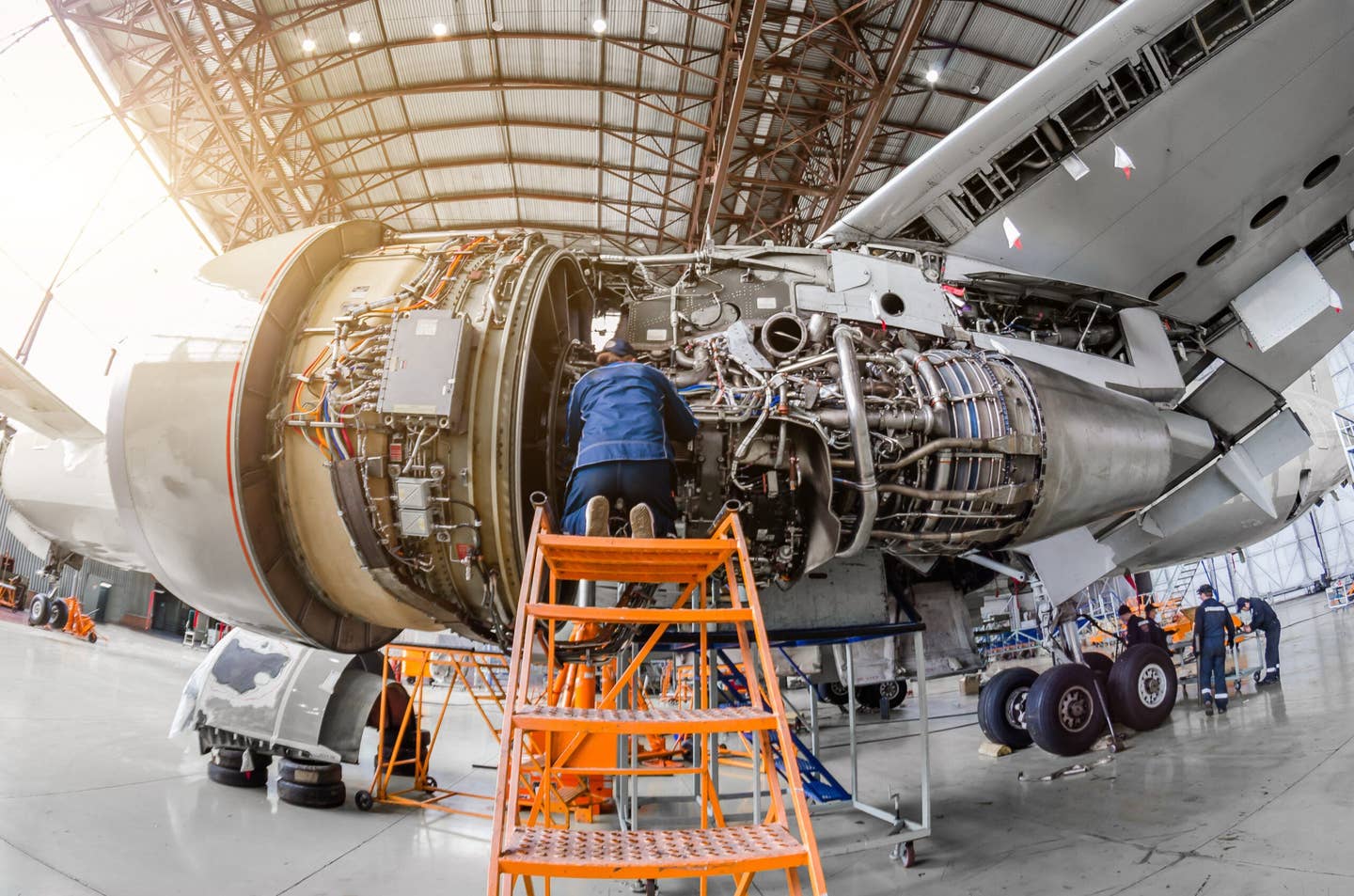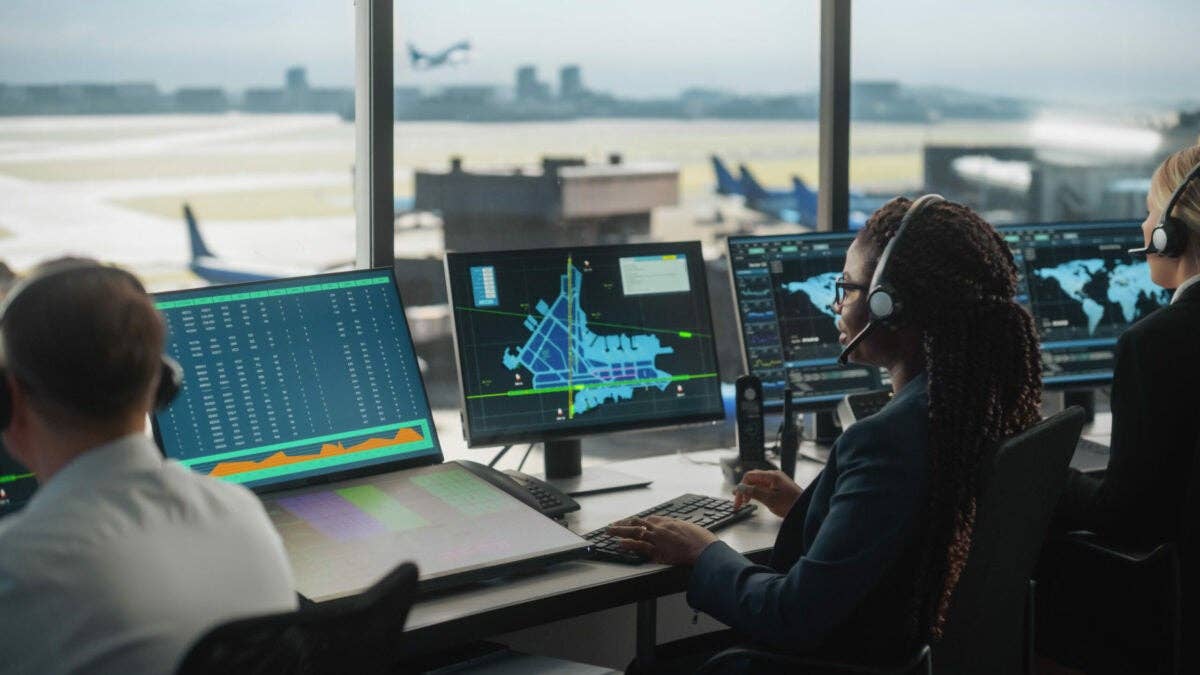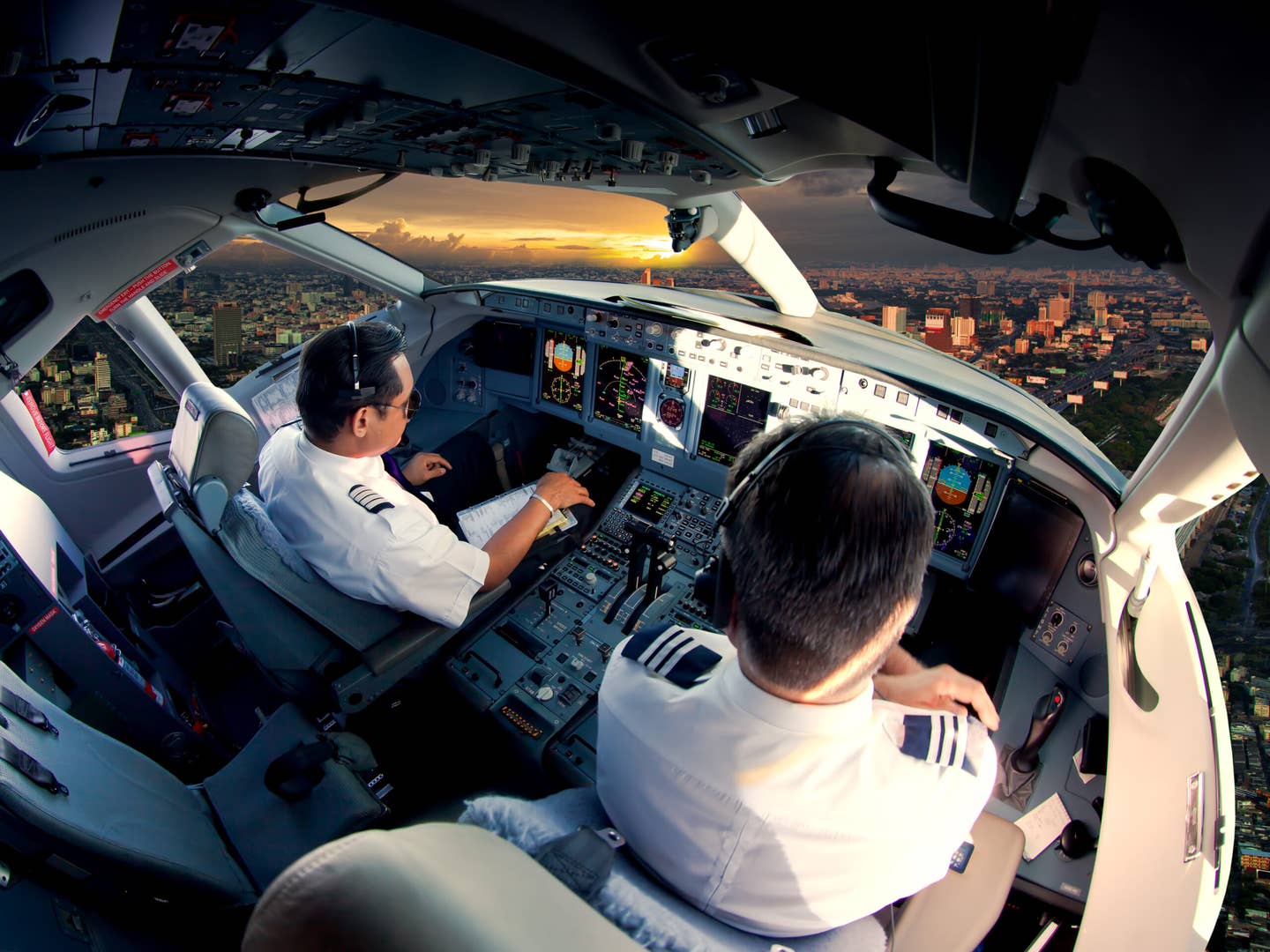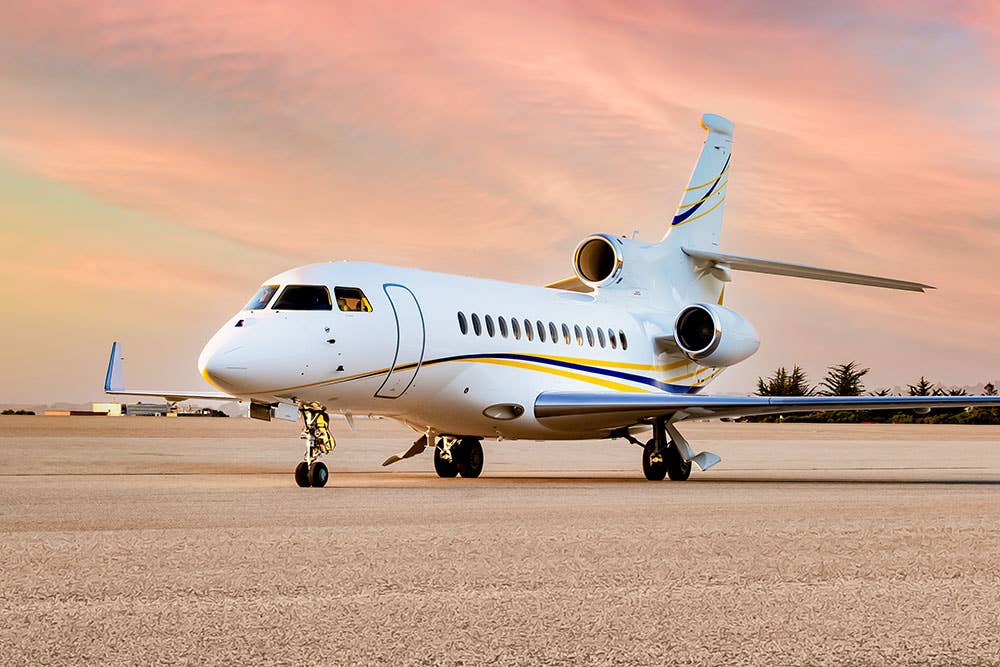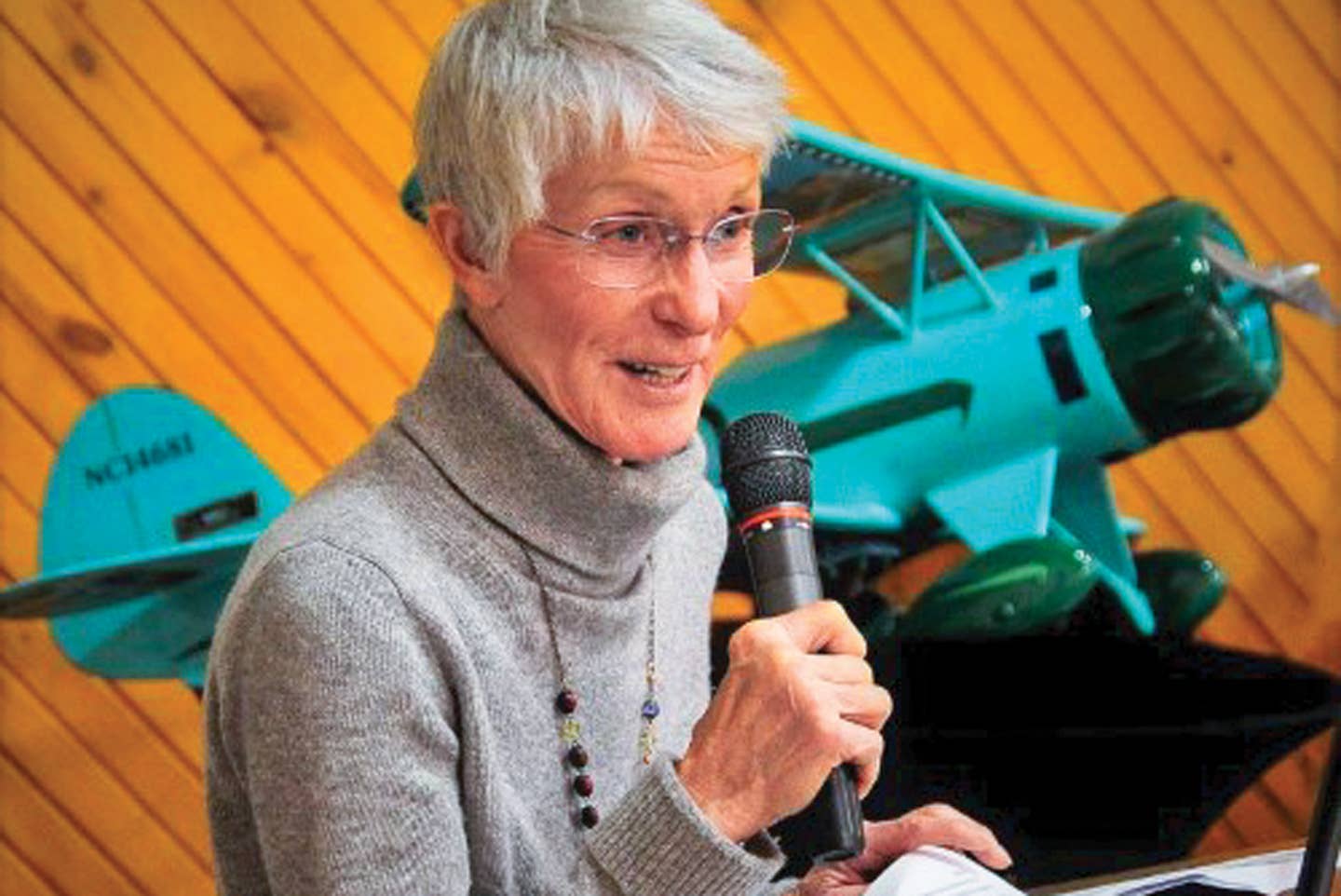
Speaking at the WACO Air Museum dedication, unwillingly. Courtesy Martha Lunken
The call wasn’t tempting at first, but it improved along the way: “Martha, do you still give speeches or programs telling about your background and experiences? Our new aviation club vice president asked me to contact you. Would you be our guest speaker for the Christmas dinner next December? Dr. Frank Van Graas was our speaker this year.”
OK, that did it.
Dr. Van Graas has been involved with satellite-based navigation research since 1984, is an expert on positioning and timing technologies at the Ohio University Avionics Engineering Center, director of the Consortium of Ohio Universities on Navigation and Timekeeping, fellow and past president of the US Institute of Navigation, and executive branch fellow at NASA’s Space Communications and Navigation Office in Washington, D.C.
C’mon, I fly little airplanes. These days, it’s mostly my Cessna 180, occasionally a Beech 18 or a Douglas DC-3. After 28 years as something of a troublemaker—certainly not a “team player”—in the FAA, I hung up my credentials and talked them into making me a designated examiner. I enjoyed check-riding hundreds of sport pilots to multiengine ATP applicants for eight years, only to be (justly) defrocked after I demolished my Cub by hand-propping it with nobody at the controls. With that checkered “career” in my past, I’m something less than an icon. Oh, I’m a pretty good stick, but I struggle with “glass” and think all that stuff propounded by Daniel Bernoulli and Isaac Newton (who weren’t even pilots) is a feeble attempt to explain the real reason airplanes fly. It’s pure magic (middle initial omitted)—and, OK, money too.
Well, at least I was honest when I begged off this most recent speaking request. Usually, I regretfully decline with some excuse like another trip to Mongolia, a minor surgery or a previous engagement. When I do accept, I end up agonizing for weeks beforehand about what I can say that’s new and interesting. “Talking” isn’t the problem; I can rattle on about almost anything—how to start an R-1830, land in a crosswind, the State of the Union, feeding your sourdough starter, conducting a spot-landing contest, what people should wear to the symphony and the demise of cursive writing. Somehow, I find talking about flying to an audience of fliers and, worse, spouses is challenging.
But speaking requests keep coming, and I’m running out of excuses, so I asked a friend—a true aviation superstar and writer—for advice.
“How much do you charge?” he asked.
“Uh, usually $500, unless it’s a nearby group of friends—you know, a local club or an EAA group. Then I’m free, plus whatever it costs to fly the 180.”
“Oh, Martha, that’s far too low. You should be getting $2,000 plus expenses for an appearance.”
Understand that this guy is hugely accomplished and famous and, unlike me, worth every bit of $2,000. If I lobbed out a figure like that, I’m pretty sure the caller would hang up and scratch his head, muttering, “Who in the hell does she think she is, Amelia Earhart?”
But while I was storing stuff in the basement today, I found a box full of old FAA stuff—my schedules, expense reports, requests, thank-you notes from individuals and groups, newspaper articles, and, of course, my treasured file of reprimands. I’d forgotten how many seminars, meetings, talks and awards banquets I put on in those 20 years as an accident-prevention specialist (later euphemized to “safety program manager”). At the same time, I was flying—a lot. So why, after that talking and more than 10 years writing this column, after everything I’ve lived and seen, all the friends I’ve made and villains I’ve known, having enjoyed a lifelong love affair with flying and fascination with all things aeronautical—why am I reluctant to speak?
It’s just pride…and maybe it’s time I got over it.
The accident-prevention program was seen as a “dead end” for FAA inspectors. Oh, there were some great people in district offices, but because there were few requirements or program guidelines, too many others just sat on their asses and pushed papers. I was delighted to be out of the office, flying around and putting on seminars or meetings. At the same time, unlike most APSs, I was able to maintain my currency in the FAAs flight program, do flight tests, stay current in the DC-3, go for another type rating, and lend a hand with “ops” work and accident investigations. This was rather unusual for an APS, but our office was quite small, and I’d had six years of operations experience. And I believed it made me more credible. But I was “in the field” so much during regular office hours, I often spent weekends (unpaid but undisturbed) doing computer entries and the required paperwork—though not very well…thus the reprimands.
Read More from Martha Lunken: Unusual Attitudes
Whenever possible, I’d try rounding up a speaker for the seminars, but more often I projected good “industry” or FAA programs such as the excellent On Landings series. (Look it up online and watch. It’s not new, but it’s timeless and very good). But too often, I’d screw up the video projector and morph the program into my rambling on about airspace or reexamination rides (known as 709s), NASA reports, those rare ramp checks, what you had to report and what you didn’t, how to handle an accident or violation investigation, and when to call a lawyer. It was extemporaneous, but it was usually a hit, and it was fun.
Today, the FAA frowns on “wings weekends”—those “get three hours of dual and attend a safety seminar for free in one weekend” events. But I think they were splendid, and the letters in that big box downstairs indicate a lot of other people thought so too. For 13 years, we did a three-day program at Hogan Field in Hamilton, Ohio, pairing as many as 200 pilots who just showed up with 70 to 80 volunteer CFIs for three hours of free dual. We put on continuous seminars, issued the certificates and pins on the spot, and threw a Saturday-night hangar banquet with a speaker. It was exhilarating and exhausting, and pulling down those tents on Sunday evening was bittersweet—like seeing Brigadoon fade into the mist.
Thanks to generous support from my friend, Hartzell Propeller CEO Jim Brown, we snagged some great banquet speakers including Sean D. Tucker, Col. Joe Kittinger, Paul Poberezny, Bill Kershner, Neil Armstrong, and the Aircraft Owners and Pilots Association’s Phil Boyer and Bruce Landsberg. Some were polished professionals with videos, but I think the most popular were those who spoke “off the cuff”—like having a conversation with friends.
Maybe I’ll quit pussyfooting around and talk. But, no, $2,000 won’t fly!
This story appeared in the April 2020 issue of Flying Magazine

Subscribe to Our Newsletter
Get the latest FLYING stories delivered directly to your inbox

